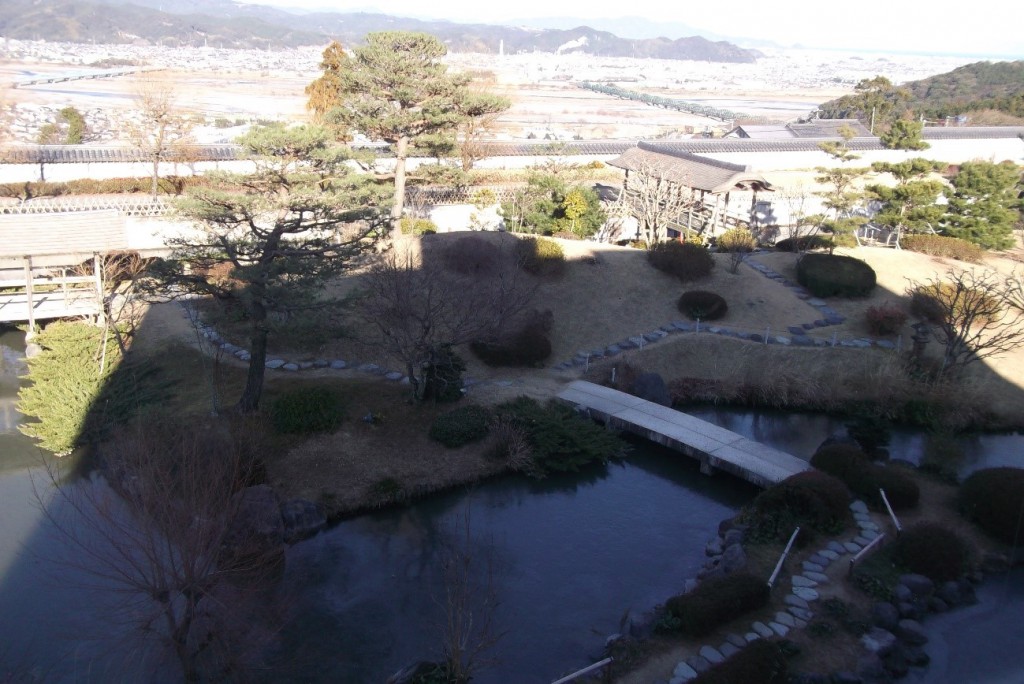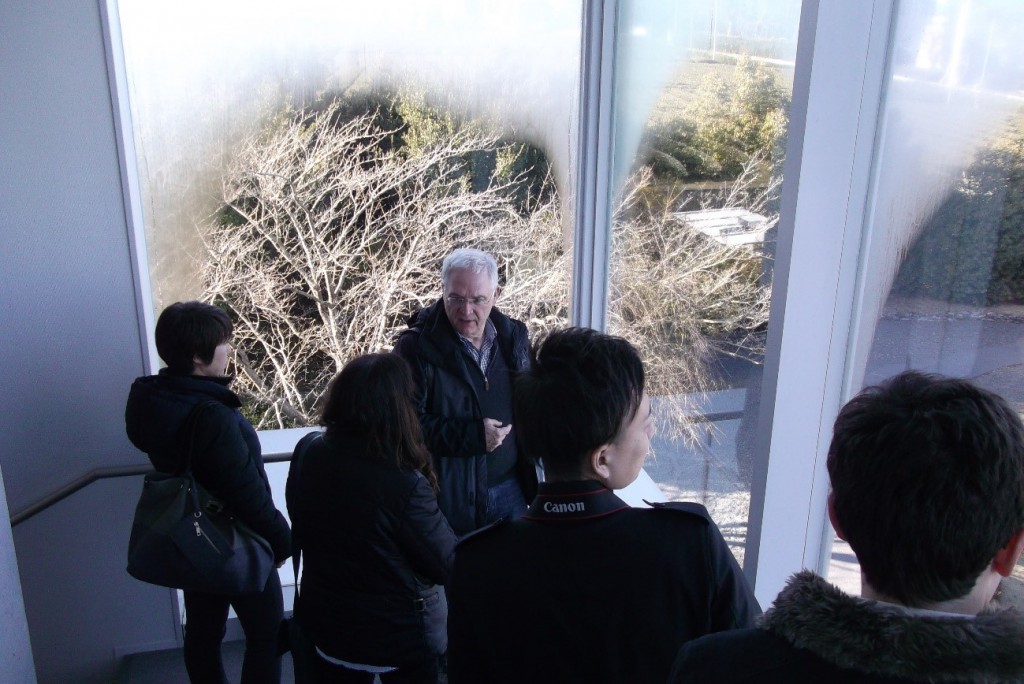Ocha-no-Sato Tea Museum had been providing various services, information and opportunities related to tea industry and culture. Many people enjoyed these services and events such as World Tea Festival. Since 2016, the museum has been under renovation and will reopen as “Fujinokuni Tea Museum” from 24th on March in 2018.
Shizuoka prefecture puts a great significance on the museum to express various information related to tea culture and industries worldwide.
The museum has a ceremonial tea room and Japanese garden restored in the manner of Lord Kobori Enshu Masakazu, who is one of the greatest tea masters in Japanese history and established “Kirei Sabi” style. Lord Kobori Enshu was the disciple of Lord Oribe, who was one of the primary disciples of Sen no Rikyu so-called “Rikyu Shichitetsu”.
The mind of beauty has been inherited from Rikyu through Lord Oribe to Enshu with some arrangements. According to the description in a novel “Teaism of Shogun Administrator”, these three tea masters have different senses. At first, Rikyu focuses on one’s creativities. He considers the tea ceremony as an opportunity to express one’s creativity in their original manners. Lord Oribe is strongly influenced by the Rikyu’s mind putting a significance on the originality. Thus his tea ceremony is rather different from Rikyu’s one. Compared to the plain style of Rikyu’s Chanoyu, Oribe’s tea ceremony is so luxurious. His style gained popularity among samurai warriors under the rule of Tokugawa Shogunate. On the other hand, his products of tea wares are so novel and eccentric that other disciple of Rikyu calls his tea ware as “Heukemono”, which means “strange products”. In the novel “Teaism of Shogun Administrator”, it is described that Enshu thinks the arts and products of Lord Oribe are too novel for people to understand his mind of beauty and “Sabi” elegance. Thus Enshu established “Kirei Sabi”, which is the style of beauty widely familiar to ordinary people.
“Fujinokuni Tea Museum”, the tea museum in the United Tea Estates of Shizuoka, reconstruct the tea room and Japanese garden by means of “Kirei Sabi” according to Enshu’s style.
The previous Japanese garden in Ocha-no-Sato was shown in the below.

The garden and other previous services were also popular not only for Japanese but also tourists from abroad.

The style of garden is a typical style of traditional garden so-caled “Chisen Kaiyushiki Teien”, which is a Japanese garden with a path around a pond. According to the webpage of the museum, the harmony of liner and curved shapes creates a graceful landscape and an elegant tranquility for a tea ceremony. I’m looking forward to seeing “Wabi” grace and “Sabi” elegance in the garden.
The tea house and tearoom along with the garden are named “Shomokurou” and “Kouhoukyo” respectively. Pictures of them on the webpage of museum express elegant atmosphere of Edo era, 400 years ago.
In addition to these cultural and historical constructs, the museum has other exhibitions and shops related to tea industries, such as library, experience booth for tea processing, information board of tea science, introduction of tea estates in Shizuoka prefecture, replica of the great tea plant, specialty teas and related products, cafeteria serving special dishes using local foods etc.
Fujinokuni Tea Museum, where we can feel the special atmosphere of tea culture inherited through prominent tea masters for more than 400 years and meet various products of tea industries.
